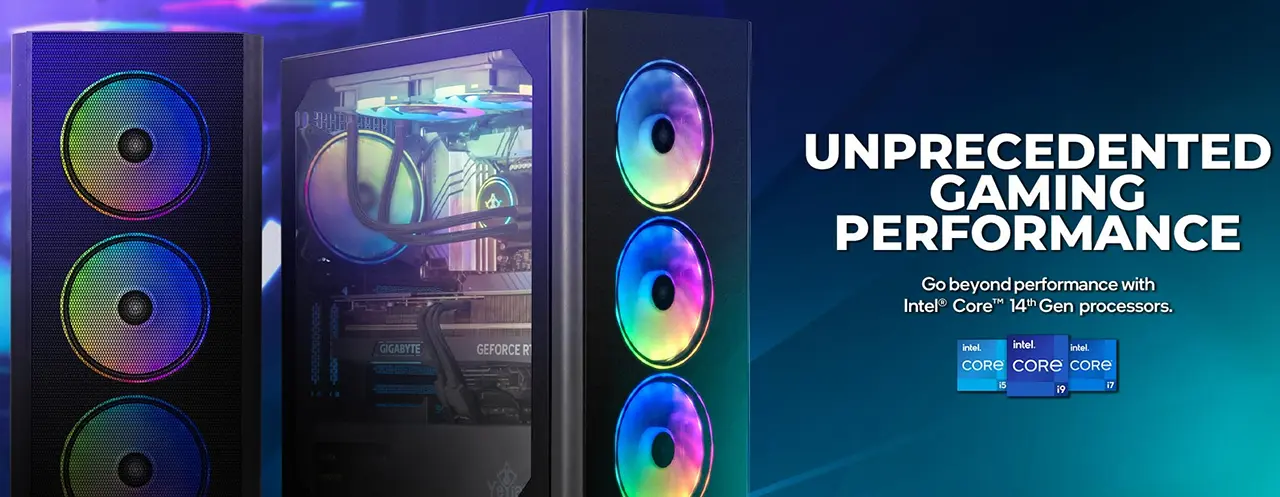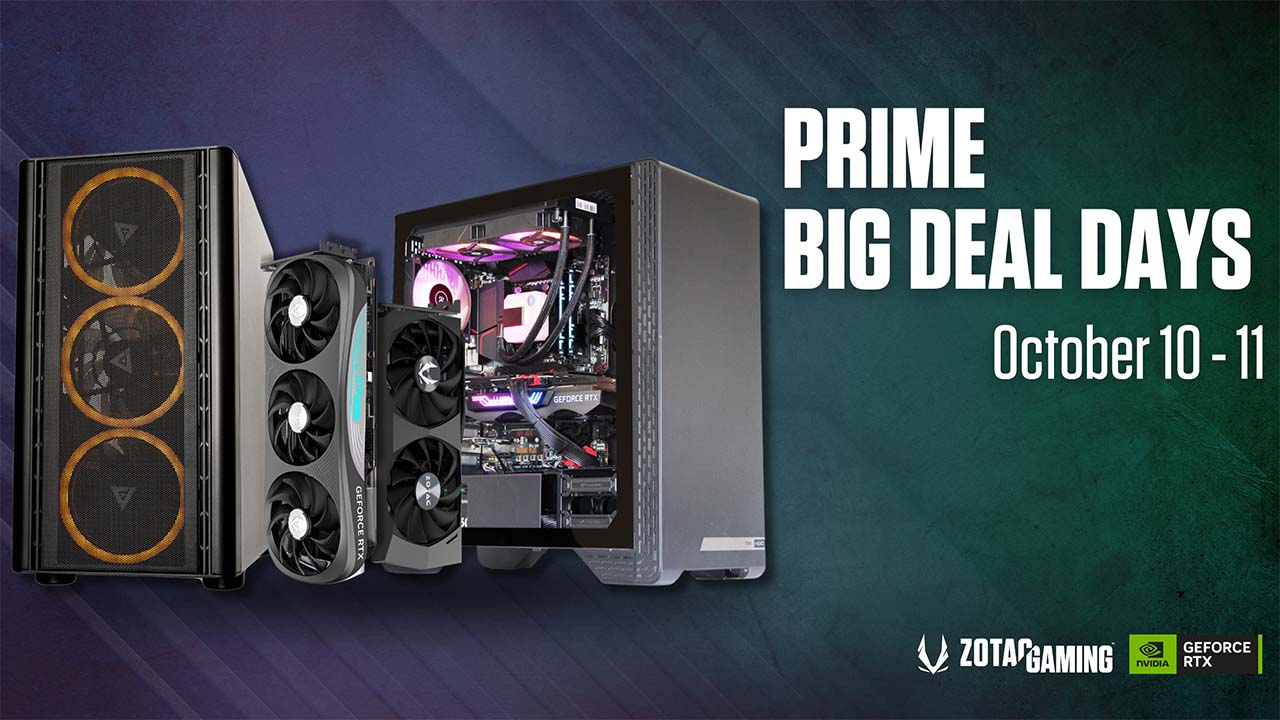A rig for media editing must be current and powerful. Fast and efficient RAM is essential, and the choice of chassis will help keep things cooler while looking pretty. Doing this yourself means you can install the hardware you need for the features you want or need, and it will save you mega moolah since media configurations are staggeringly expensive to buy. So if you want to foray into PC building for editing, then take a butcher’s at this handy guide for some pro tips.

The Motherboard and Power Supply
The motherboard is the most essential part of the whole rig because it determines what you can and cannot place into your build, USB slots for transferring videos from a DJI Air 3, for example, and other features. It also determines whether your machine will be powered by Intel or AMD, and this means a big difference in price. Modern mobos can process audio and video as well, with the MSI Pro Carbon a top recommendation because it has amazing built-in audio.
The motherboard also determines the power handling of your machine. There are limits and recommendations as to the power a motherboard needs and can put out. The best advice would be to go for a modular PSU for additional power to other components, such as the graphics card and some audio card models. Corsair CP-9020178-UK RM650x 80 PLUS is an excellent entry-level PSU. But it is limited to a 650 watts output but should be enough for most rigs.
Plenty of Choices for RAM
Random Access Memory, or RAM, is the volatile memory of your machine. That means any data stored is temporary rather than permanent, like your hard drive. More RAM means more data can be held for communication with the CPU, resulting in faster performance. However, the clock speed of the RAM is also essential for this. RAM is an often overlooked component of new builds, but investing in good-quality RAM will make a huge difference to your final machine.
You must also determine how much RAM you need. RAM amounts work by 2 base pairs, so it starts at 2, 4, 8, 16, and so on. For editing media, you will need a good amount. 16GB of RAM is the recommended minimum for HD media, and 4K and above requires 32GB plus. Your motherboard will also determine the type of RAM, such as DDR 4 or DDR 5. DDR 5 is newer, but DDR4 is the most widely used. Corsair Vengeance LPX is a top-recommended RAM.
A Rig for Media Editing Needs a Hefty CPU
A common misconception about editing media is that it is graphics intensive. While a great GPU will definitely help, most industry-standard editing programs, such as Adobe Photoshop and Adobe Premier, rely more on the CPU. The CPU (Central Processing Unit) is thought of as the brain of your computer. It is essentially a calculator that processes complex math at an astonishingly fast rate. Intel and AMD are the two main CPU manufacturers around today.
Because editing is more reliant on the CPU, this is one part you don’t want to skimp on. If you can afford it, then buy the best available. However, you don’t need to go overboard with experimental CPUs. Something like an octa-core AMD Ryzen 7 3700X will be fine. For an Intel machine, the Intel i9-10900K will also be able to handle video editing tasks with ease. But if you have more cash to spare, the AMD Ryzen 9 5950X 16 Core CPU will future-proof your build.
Fast Hard Drive Options
First, there is no reason to buy a mechanical hard drive in 2023, so don’t even consider it. Solid State Drives (SSD) are much faster than standard HDDs because they plug directly into the motherboard either via SATA cables or, even better, via an M.2 connector. And this makes a huge difference for intensive tasks such as editing media. Be aware, though, that not all motherboards come with an M.2 slot, so always check this first before ordering an M.2 SSD.
An M.2 SSD is faster than a SATA SSD, which is limited to data transfer speeds. But if you have to buy a SATA SSD, Samsung’s EVO range is highly recommended. For M.2 SSDs, Samsung also has plenty of great options. But the WD Black brand is faster for some tasks. You should also be aware that SSDs have a lifespan of 10 years, so keep this in mind when storing important files, media, and projects, or they will become irretrievable when the SSD dies.
A Solid GPU Will Help
As mentioned, the graphics processor isn’t the most essential thing when it comes to media editing, but it does make a difference. Your CPU’s onboard GPU will not be good enough in most cases. However, some CPUs do come with reliable onboard graphics capabilities. Intel’s iGPU can handle most tasks. And the Ryzen 5 5600G’s onboard graphics are somewhat impressive. So if you are short on cash, you can consider a reliable onboard GPU. You can always plop in a PCI-e graphics card later on, anyway. But a PCI-e is highly recommended.
Graphics cards can get silly and expensive. But the great news is that you don’t need to buy a pro gamer card for media editing performance. For instance, an Nvidia GeForce RTX 3060 Ti will suffice for pretty much any image or video editing job and doesn’t cost too much. AMD’s RX 6600 XT is an excellent alternative if you prefer AMD or want to save some because it is a bit cheaper as well. Either of these will also last a good while between upgrades or your next rig.

Internal and External Audio Cards
Most people overlook the importance of audio cards, and they don’t get as much hype as graphics cards. This is a shame because they really do make a massive difference, especially when producing audio and music. As such, a solid and reliable audio processor is a must-have for a media editing machine. And like graphics cards, these can vary wildly in price, too, depending on the features you need. Audio cards can be inside your PC or can be external.
Whether or not to use an internal or external audio card can be personal, but there are some key differences. Internal audio cards are subject to interference, which is why professional music producers prefer external cards. External cards also come with enhanced features and media control interfaces. For example, you can adjust the volume, switch bass, and plug in headphones in external sound cards, such as the cheaper but impressive Creative Labs G6.
Finally, Finding the Right Case
The case of a PC isn’t there to look pretty; it is a core part of the entire machine and determines what you can and cannot place inside. The sizes and layout of PC cases are known as the form factor and typically come in Mini-ITX, Micro-ATX, and Standard-ATX for modern PCs. If you don’t plan on installing a graphics card, then a Micro-ATX case will do just fine. This is the size you will see on computers in an office. A Standard-ATX case is recommended if you do want to.
You must also think about the features you need when choosing a PC case. Some are very generic and don’t provide much functionality. Yet some are designed with features in mind. For example, you will need quick and easy access to USB ports as a media editor. So choose a case that has plenty of USB slots on the front, side, or top. It also helps to think about future expansion, so a case with expansion bays on the front will also help you out with this.
Plenty of Optional Extras
As mentioned, a case with expansion bays will help you install extra parts. For example, you can install media control units and fan controllers in an expansion bay. But consider if you are making copies of old videos and photos to place in digital storage. Most modern PCs don’t come with CD-ROM and DVD drives these days, but you may need them for your work. Sure, you can use external drives, but these can take up valuable space in your production area.
You may or may not be aware that computers also get very hot. Internal parts such as CPUs and GPUs come with cooling, but standard cooling can be inadequate. RAM and SSDs can also get hot and raise the overall internal temperature. If you are concerned about cooling, it helps to install additional fans on your case. This can be tricky, though, so learn about PC cooling first. If you have spare cash, liquid cooling is an expensive but much more effective option.
Summary
The motherboard and power supply should be your first considerations when building a rig for media editing. Of course, a good GPU and a fast SSD will help, but editing is more reliant on the CPU than anything else. And you should also consider the case for later additions to the PC.







